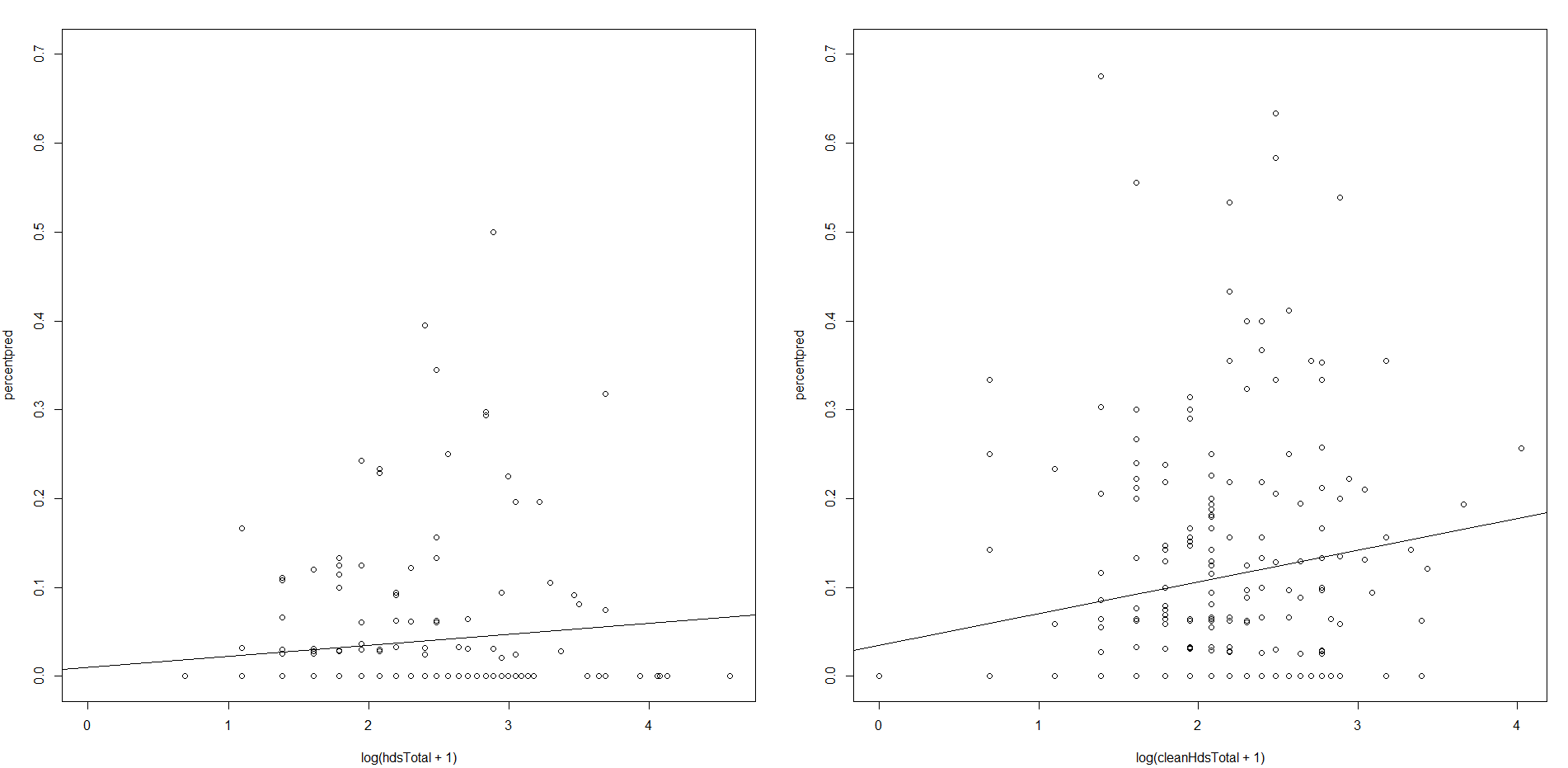
We have data! So far, we have seen some fascinating results from the 2022 data we worked on over the past 6-7 weeks and the 2021 data collected last year. The data shown above is still in its preliminary stages, and there is still some additional work to be done, but we can make out some things with what we got so far. First, 2022’s data is on the left, and 2021’s is on the right. Comparing the two, we did find that the predation rate, on average, was higher for the 2021 plants than those in 2022. We also created a linear regression line for both years to examine the correlation between headcount and predation rates. 2021’s data had a higher slope than 2022’s, meaning the data in 2021 had a more substantial representation of the predation rate increasing with a higher headcount than in 2022. Overall, these findings suggest that the plants in 2021 saw much more predation activity than those in 2022. With that in mind, it makes me wonder why predation rates are higher in 2021 than in 2022 and what the results would look like if we were to combine the data. This is only the beginning of our data collecting and interpretation, so I’m looking forward to learning more about the results we got and if we can reject the null hypothesis in the end. Note that the null hypothesis states no relationship between headcount and predation rate.

Leave a Reply